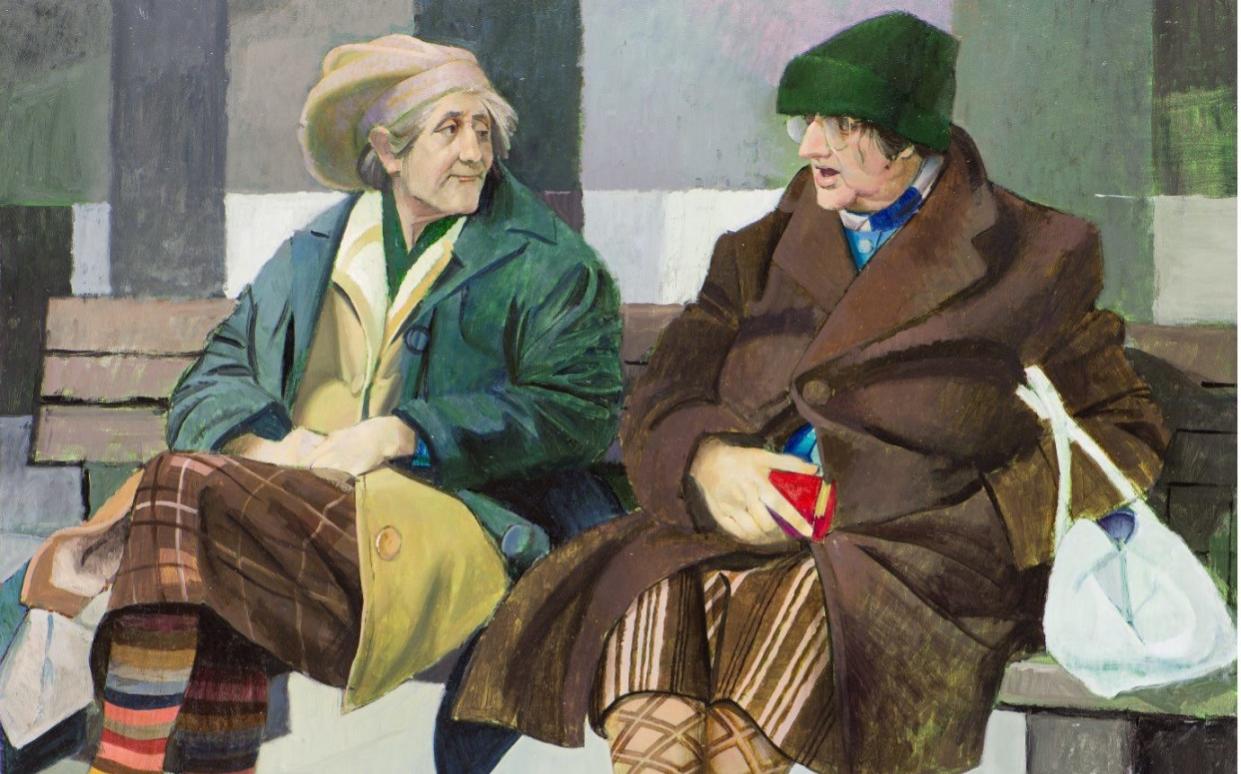Great pictures meet naff words in the National Gallery’s latest foray into the virtual world

Even in our increasingly secular age (attested by the latest census), Christmas remains for many a period of reflection and tradition, an opportunity to reconnect with time-honoured ways of doing things. Not, seemingly, for the National Gallery, where advent – rather brilliantly – has become the season of innovation.
Two years ago, for instance, it unveiled several midnight-blue fabric pods, each as tapered as a wizard’s hat, in which, on glossy screens, visitors could watch a 13-min “experience” about Jan Gossaert’s altarpiece The Adoration of the Kings. Imagine if Carols from King’s attempted anything so whizzy.
Now comes its latest effort to engage a demographic of digital natives, Fruits of the Spirit: Art from the Heart, for which it has partnered with various institutions across Britain, from Plymouth to Dundee. For this virtual exhibition, which can be accessed for free on the gallery’s website, nine well-known works from the National’s collection, including Jan van Eyck’s Arnolfini Portrait and Claude Monet’s Water-Lilies, have been selected to exemplify “positive attributes” (love, kindness, self-control, and so on) from Saint Paul’s Epistle to the Galatians.
Each has then been paired with a picture from somewhere else (Monet’s Water-Lilies, for instance, is juxtaposed with an altarpiece from Canterbury Cathedral), and “hung” within an octagonal, computer-generated capriccio, with wooden floors, sage-green walls, and an enormous oculus offering an uplifting view to blue heavens above.
The functionality is impressive and user-friendly. Viewers can swivel 360 degrees, glimpsing all the paintings arranged in small, chapel-like bays beyond semi-circular arches. Benches even appear here and there – superfluous, of course, but enhancing the illusion – although one lesson of this experiment is that curatorial principles should still be respected. In its software-summoned nook, Monet’s vast canvas seems cramped.
Less successful (as the exhibition’s naff subtitle might suggest) is the analysis of the works on display. Intended to “explore topics that are vital for wellbeing”, this has a warbling, meandering quality that reminded me of Radio 4’s Thought for the Day.

Thomas Gainsborough’s sweet picture of his daughters with a cat, for instance, is said to typify “gentleness”. Yet, after a brief description, the wall-text invokes the Hindu concept of “Mardava” (mildness), before ticking off Gainsborough’s girls by suggesting that the cat “deserves” gentler treatment. Eh?
Paired with a summery view of Mornington Crescent by Frank Auerbach, Vincent van Gogh’s Sunflowers represents “joy”. But the audio guide points out that its “seed-heads” are now “past their peak”, which doesn’t sound like a reason to rejoice, before evoking two different concepts (“confidence” and “hope”). And precisely what Van Eyck has got to do with “generosity” remains anybody’s guess.
The overriding impression, then, is that each painting has been dipped in a vat of balm-like verbiage. Instead of soothing the soul, it gums up the view.
From tomorrow until April 30. Details: nationalgallery.org.uk

